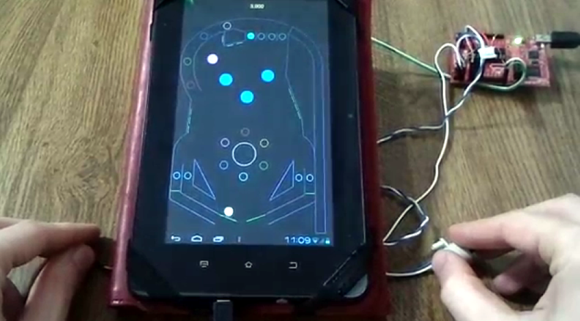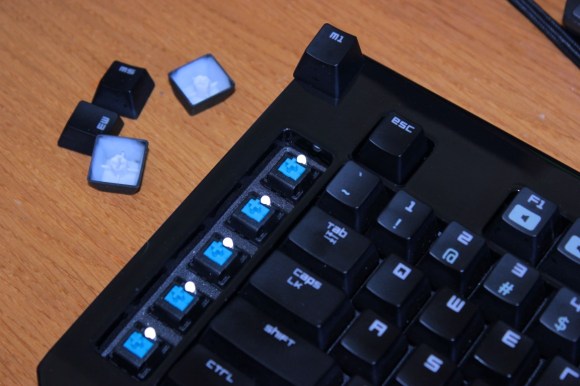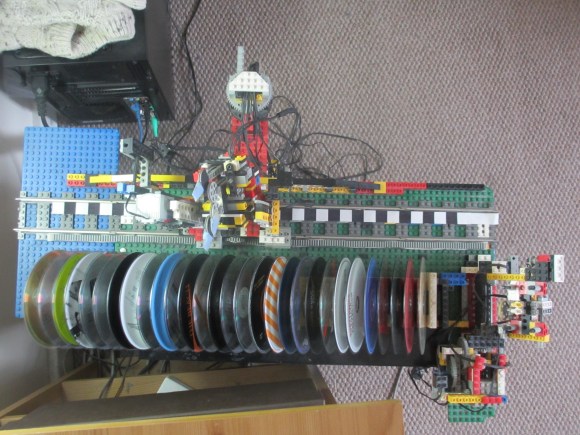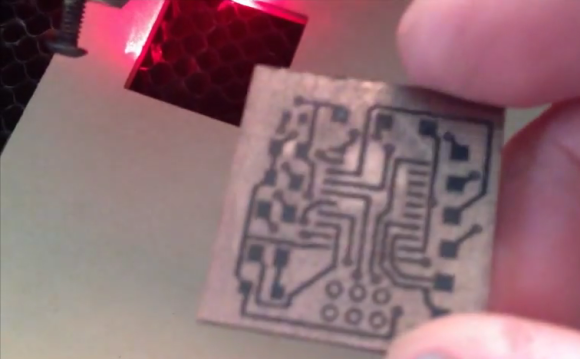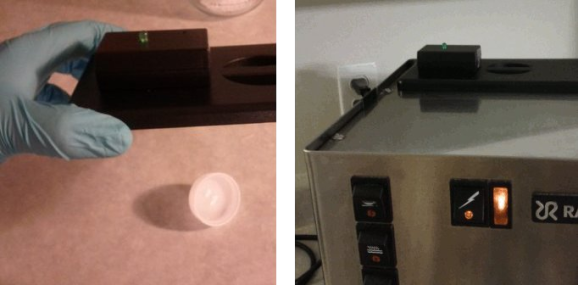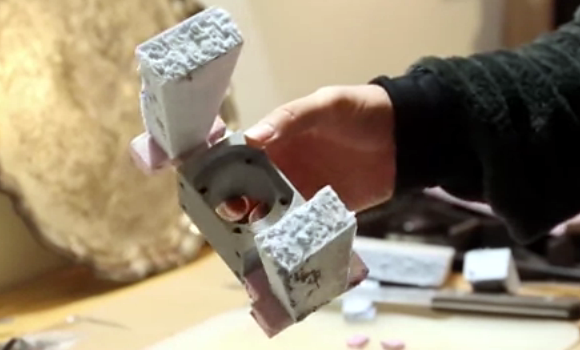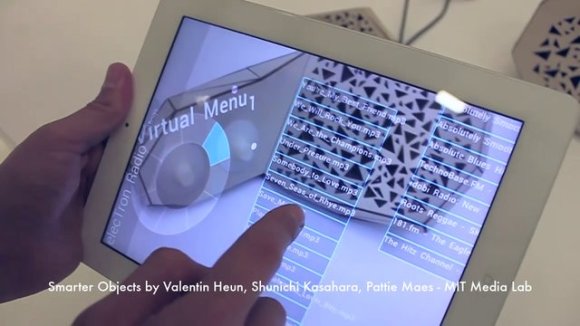
Here’s an interesting take on using augmented reality alongside hobby electronics. The project, which comes from a group of researchers at the MIT Media Laboratory, starts off by making simple electronic devices like a radio with two knobs using network connected hardware. In other words, build something using an Arduino and include a way to get it on a network. With the radio example on knob is for tuning, the other adjusts the volume. But pick up an iPad and aim its camera at the device — which is what the image above is showing — and those knobs will get a lot more functionality. This opens up a whole set of virtual controls that can be assigned to different segments of the knob controllers.
This is certainly a better use of augmented reality than using it in advertisements which is where it usually shows up. We also think that the proliferation of personal electronics that include high-quality camera modules makes wide adoption a lot more plausible than some of the projector-based augmented reality we’ve seen. Check out a full demo in the video after the break and if that leaves you hungry for details you can get your hands on the whitepaper (PDF).
Continue reading “Hobby Electronics Team Up With Augmented Reality”

